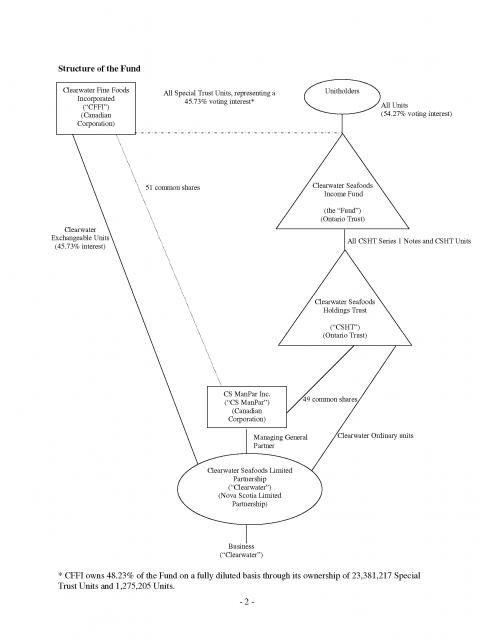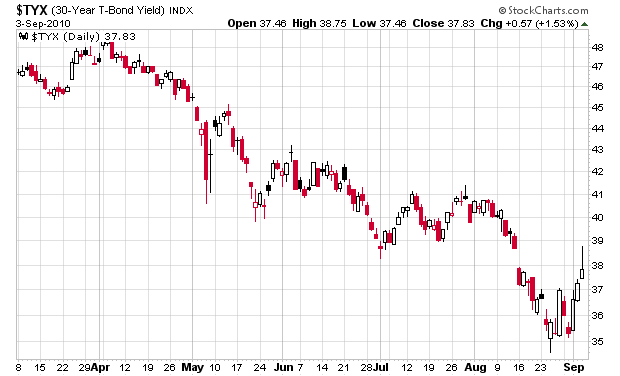I notice that a certain local credit union is advertising a 5-year fixed mortgage rate at 3.45%, which is a very low rate considering it is about 125bps above government benchmark bond rates. Since the overnight rate is now 1%, they will not be making much margin on the transaction. This also implies they have confidence in the price stability of the local real estate market, and being in the Greater Vancouver area, makes you wonder whether this is a valid assumption.
Something that is not easily discovered is their loan criteria – for example, if getting such a rate required a 40% down payment, then the rate might be warranted since the bank would have recourse and recovery in the event of a mortgage default.
Looking at the variable rate market, the best rate I can find is 0.85% below prime (prime is currently 3.00%), but if other institutions are over-capitalized, this discount to prime will continue to increase as they compete for loans. It makes you wonder whether consumer demand for debt has slowed down.
If you put a gun to my head and forced me to choose a mortgage that would result in the lowest interest paid over a 5 year term, I would still go for the variable rate. However, that said, 5-year mortgage rates cannot go much lower than 3.45% – maybe down to 3%, but that’s about it before you really question the sanity of financial institutions offering loans at that rate.
There is some risk of short term rates rising even further in 2011 and 2012, but it doesn’t seem like such movement would be extreme if it did occur. For financial modeling purposes, the market is saying that the 2011 increase will be 0.43%. There are scenarios where this rate could skyrocket, and also scenarios where the short term rate goes back to 0.25% again (where sitting on a prime minus 0.85% mortgage is really inexpensive!).

